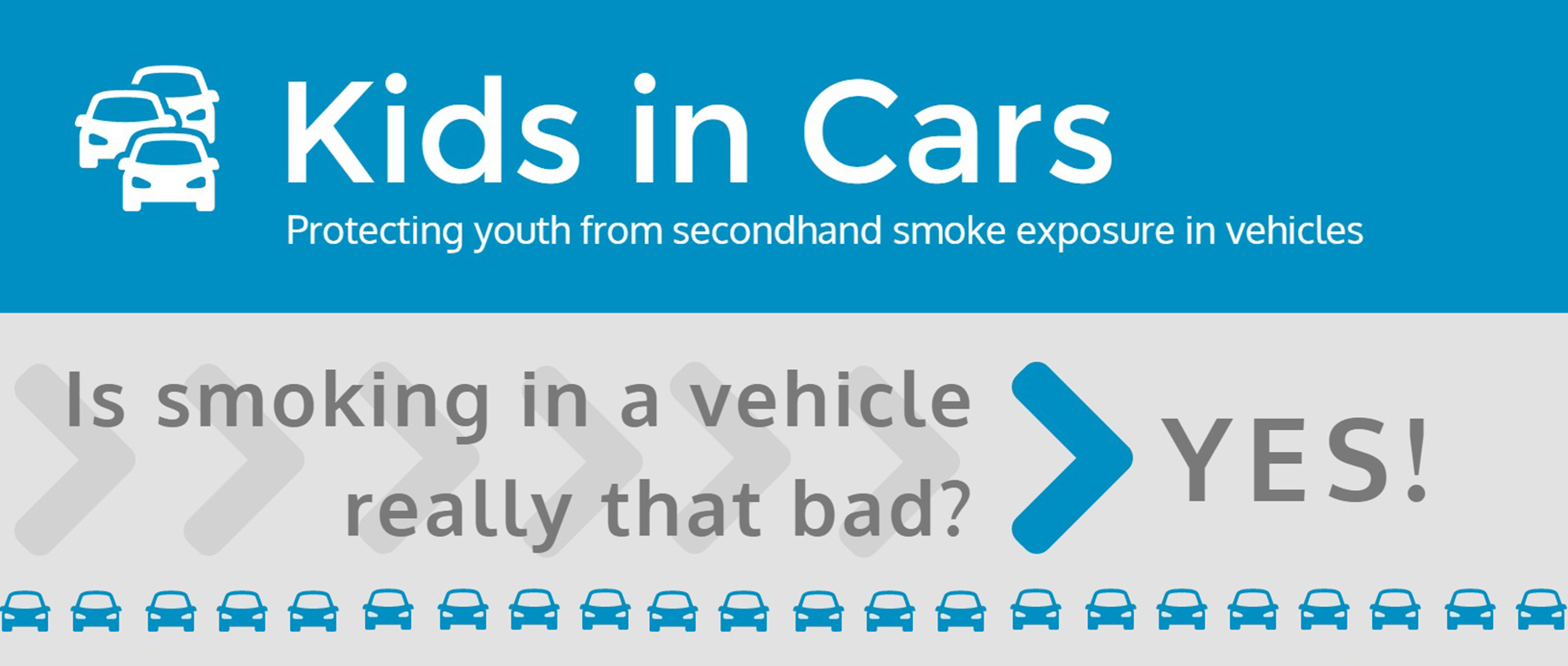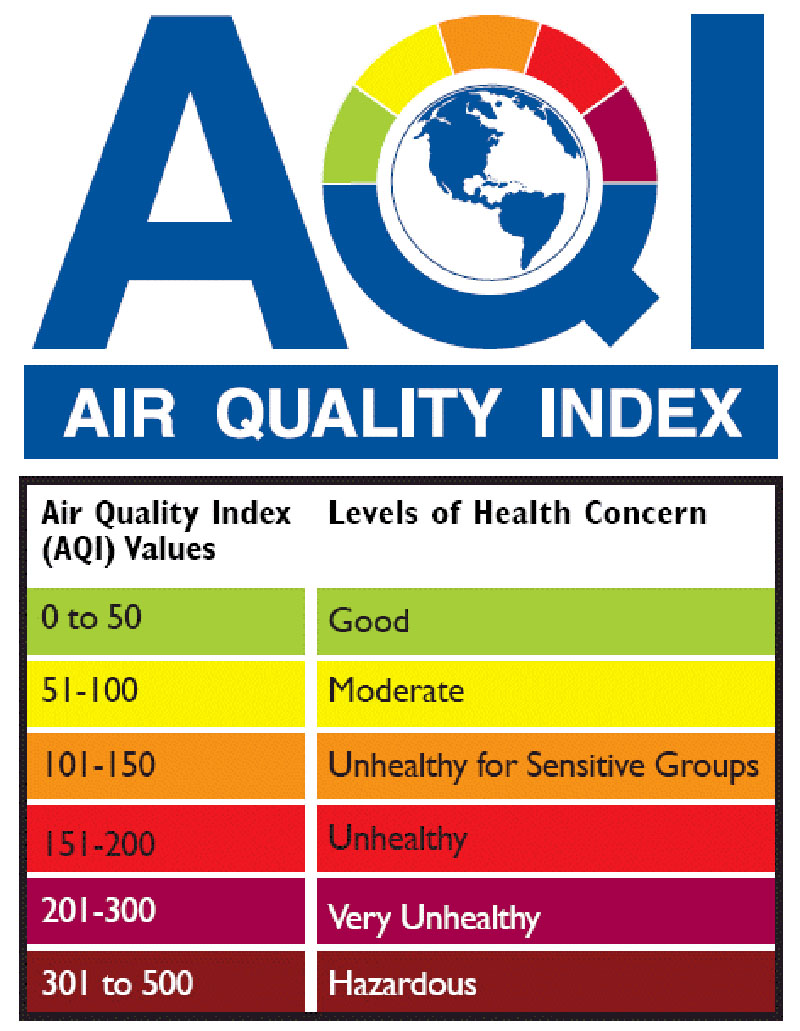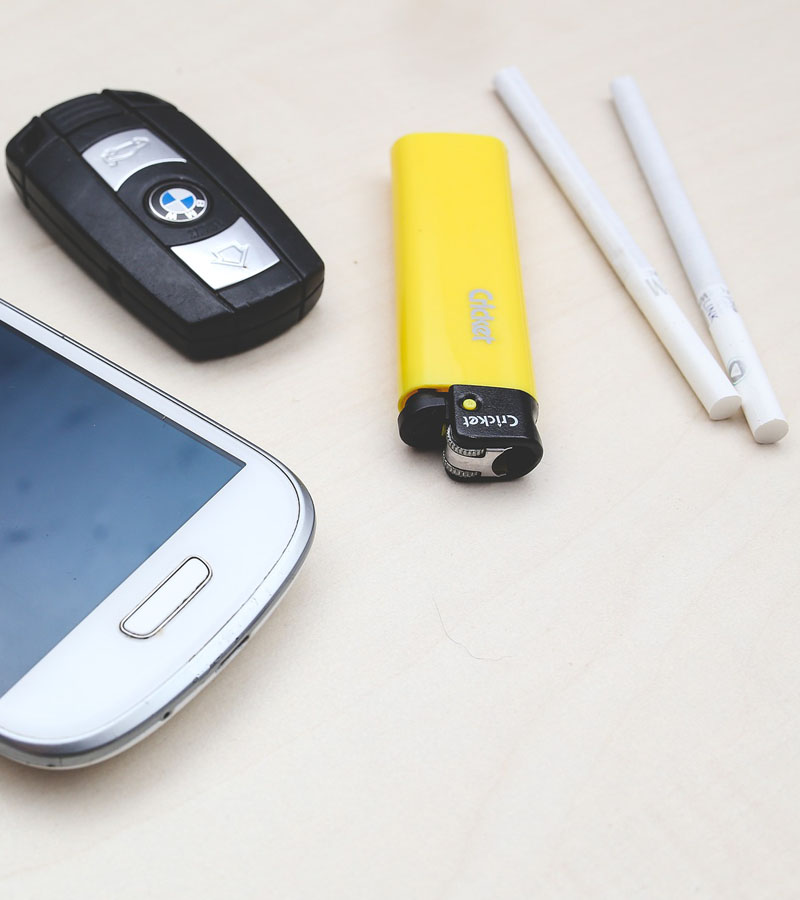
- WHAT ARE THE HEALTH IMPACTS OF SECONDHAND SMOKE? HOW DOES IT AFFECT CHILDREN? + −
Secondhand smoke — the smoke that comes from a lighted tobacco product or from a person who is smoking tobacco — contains more than 7,000 chemicals.1 Of these chemicals, 11 are known cancer-causing poisons and 250 are known toxins.2 The 2006 U.S. Surgeon General’s Report concluded that there is no risk-free level of secondhand smoke. Between 38,000-65,000 deaths each year in the U.S. are a result of diseases caused by secondhand smoke.1
Exposure to secondhand smoke increases the risk of a variety of health problems. Because children’s bodies are still developing, toxins in smoke are even more harmful to them than they are to adults. Babies under one year old are most impacted by exposure to secondhand smoke. Children exposed to secondhand smoke have increased frequency of bronchitis and pneumonia, have reduced lung function, increased respiratory infections, more chronic coughs, and more middle ear infections.3
- HOW IS SECONDHAND SMOKE MEASURED? + −

The EPA developed the Air Quality Index (AQI) to report daily air quality based on the concentration of particulate matter and associated health concerns. Particulate matter levels above 150 mg/m3 for a 24-hour period are considered “Very Unhealthy” or “Hazardous” the entire population is likely to experience health effects.
The AQI is not a perfect tool for determining the impact of SHS in vehicles. AQI ranges are based on 24- hour exposure while particulate matter concentrations of SHS in vehicles is measured over a shorter term. SHS particulate matter is more hazardous than typical outdoor concentrations. However, the AQI provides a reference for the high levels of particulate matter present in a vehicle when someone is smoking.
Smog in a large city is an example of very poor air quality. In 2014, Beijing, China had 6 days with an air quality index over 500 (greater than the emergency/hazardous category). Minnesota only had 2 days in 2013 with an AQI over 100, or PM2.5 over 40.5.
Click HERE for the current air quality ratings in Minnesota.
Click HERE for more information about air quality in Beijing.
- IS SMOKING IN A VEHICLE REALLY THAT BAD? + −

Yes. Levels of secondhand smoke in cars can be extremely high due to the restricted area in which the smoke is circulated. Therefore, secondhand smoke in vehicles poses a significant health risk to passengers, especially children.
In 2014-15, the Center for Energy and Environment (CEE) in Minneapolis ran 170 tests on what happens to the air quality inside of a car when the driver smokes a cigarette.5 They tested the concentration of fine particulate matter in several different situations such as different driving speeds, car ventilation and fans, and opening the windows. Fine particulate matter (PM2.5 ) is an air pollutant that has adverse health effects, especially at high levels.
CEE researchers measured the peak PM2.5 concentration from the start of smoking until the concentration decreased to the level it was at before smoking began. The concentrations they found ranged from 359 to 5612 with an average of 2013 μg/m3. Those levels are higher than concentrations typically found in bars were smoking is permitted. Secondhand smoke remains a concern even after the driver has stopped smoking. When the active smoking and post-smoking periods were combined, the passenger’s total PM2.5 exposure averaged 12,250 min*ug/m3, which is about equal to sitting in a typical smoky bar for three hours.6
- DOES OPENING A WINDOW OR USING THE VEHICLE’S VENTILATION SYSTEM MAKE SMOKING IN A VEHICLE SAFE? + −
No. There is no way to fully mitigate the health impacts of secondhand smoke exposure in a vehicle. Even when a window is open or the ventilation system is in use, much of the smoke stays in the car. Neither opening a window nor turning on your car’s ventilation system adequately protects passengers from exposure to secondhand smoke. CEE’s researchers found that with the driver’s window completely open and the car vents on fresh air mode, secondhand smoke is still present.
- WHAT IS CURRENTLY BEING DONE TO PROTECT CHILDREN FROM EXPOSURE TO SECONDHAND SMOKE IN VEHICLES? + −
At an individual level, a 2008 survey in Minnesota found that 87 percent of Minnesotans currently do not allow smoking in their car when children are present.6 More formally, many states and US territories ban smoking in vehicles when children are present. These include: California, Arkansas, Maine, Louisiana, Oregon, Utah, Vermont, Guam and Puerto Rico. Several Canadian provinces and a few US cities also ban smoking in vehicles with children. Globally, there are entire countries that ban smoking in vehicles with children including: South Africa, UAE, UK, Wales and France. Some of these laws apply to all children and some only to young children.
Click HERE for a more detailed list of where policies have already been passed.
- WHAT ELSE CAN BE DONE TO PREVENT EXPOSURE TO SECONDHAND SMOKE IN VEHICLES? + −
Minnesota can pass a statewide law that would prohibit smoking in a vehicle when children under the age of 18 are present. This law would protect all Minnesota children from being exposed to dangerous secondhand smoke while riding in a vehicle. Such a law would only apply when a child is in the vehicle and violation of the law would not be a primary offense. In other words, you could not be pulled over for smoking if you were not violating another moving traffic law. However, if you were stopped for an illegal turn, speeding or another moving violation, the officer could also ticket you for smoking while a child is present.
